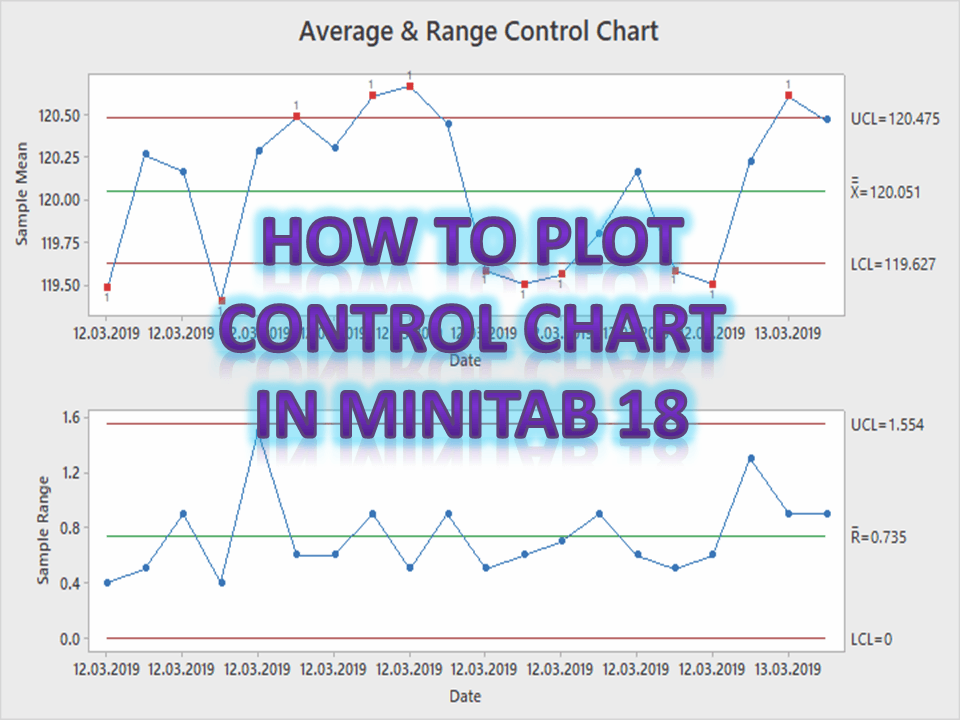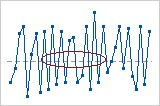

The DF for lack-of-fit allow a test of whether the model form is adequate. If the two conditions are met, then the two parts of the DF for error are lack-of-fit and pure error. For example, if you have 3 observations where pressure is 5 and temperature is 25, then those 3 observations are replicates. Replicates are observations where each predictor has the same value. The second condition is that the data contain replicates. If the model does not include the quadratic term, then a term that the data can fit is not included in the model and this condition is met.

For example, if you have a continuous predictor with 3 or more distinct values, you can estimate a quadratic term for that predictor. The first condition is that there must be terms you can fit with the data that are not included in the current model. If two conditions are met, then Minitab partitions the DF for error. Increasing the number of terms in your model uses more information, which decreases the DF available to estimate the variability of the parameter estimates. Increasing your sample size provides more information about the population, which increases the total DF. The DF for a term show how much information that term uses. The total DF is determined by the number of observations in your sample. The analysis uses that information to estimate the values of unknown population parameters. The total degrees of freedom (DF) are the amount of information in your data. The coefficient for the categorical variable of mentoring indicates that employees with mentors have scores that are an average of 10.1 points greater than employees without mentors. The coefficient for the continuous variable of training hours, is 4.3, which indicates that, for every hour of training, the mean test score increases by 4.3 points. The variable x 2 is a categorical variable that equals 1 if the employee has a mentor and 0 if the employee does not have a mentor. In the equation, x 1 is the hours of in-house training (from 0 to 20). For more information on value order, go to Change the order of text values in output.įor example, a manager determines that an employee's score on a job skills test can be predicted using the regression model, y = 130 + 4.3x 1 + 10.1x 2. For text categorical predictors, the reference level is the level that is first in value order, which by default, is alphabetical order. The reference level for numeric categorical predictors is the level with the least numeric value. Each coefficient represents the mean difference between each level mean and the reference level mean, which is the level excluded from the model. The coefficient for one level of the categorical variable must be set to zero so that the model can be fit. Categorical variable A coefficient is listed for each level of the categorical variable except for one. If the coefficient is positive, as the term increases, the mean value of the response increases. If the coefficient is negative, as the term increases, the mean value of the response decreases. The interpretation of each coefficient depends on whether it is a coefficient for a continuous variable or a categorical variable, which is described as follows:Ĭontinuous variable The coefficient of the term represents the change in the mean response for one unit of change in that term. It quantifies the total variation in the data. Adj SS Total The total sum of squares is the sum of the regression sum of squares and the error sum of squares. It quantifies the variation in the data that the predictors do not explain. Adj SS Error The error sum of squares is the sum of the squared residuals. It quantifies the amount of variation in the response data that is explained by each term in the model. Adj SS Term The adjusted sum of squares for a term is the increase in the regression sum of squares compared to a model with only the other terms. It quantifies the amount of variation in the response data that is explained by the model. Adj SS Regression The regression sum of squares is the sum of the squared deviations of the fitted response values from the mean response value.

In the Analysis of Variance table, Minitab separates the sums of squares into different components that describe the variation due to different sources. The order of the predictors in the model does not affect the calculation of the adjusted sum of squares. Adjusted sums of squares are measures of variation for different components of the model.


 0 kommentar(er)
0 kommentar(er)
